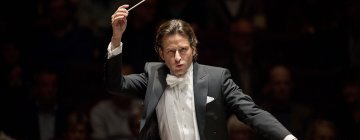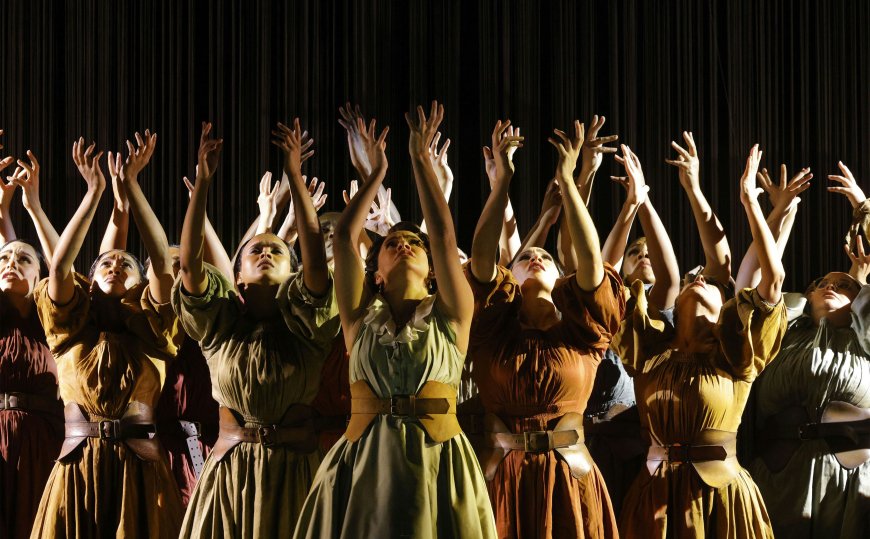
Since its 2003 premiere at Tanglewood, Ainadamar by composer Osvaldo Golijov and librettist David Henry Hwang has never been off the world’s stages. You can’t say that for many contemporary operas. And on Saturday, April 26, at the Dorothy Chandler Pavilion, Los Angeles Opera gave a soaring, visually stunning performance of the work that showed exactly why audiences have embraced it wholeheartedly.
This production — skillfully directed by Deborah Colker, dynamically conducted by Lina González-Granados, and featuring eye-dazzling sets and costumes, a stellar cast of singers, and an ensemble of flamboyant flamenco artists — has been a long time coming and should not be missed. Performances run through May 18.
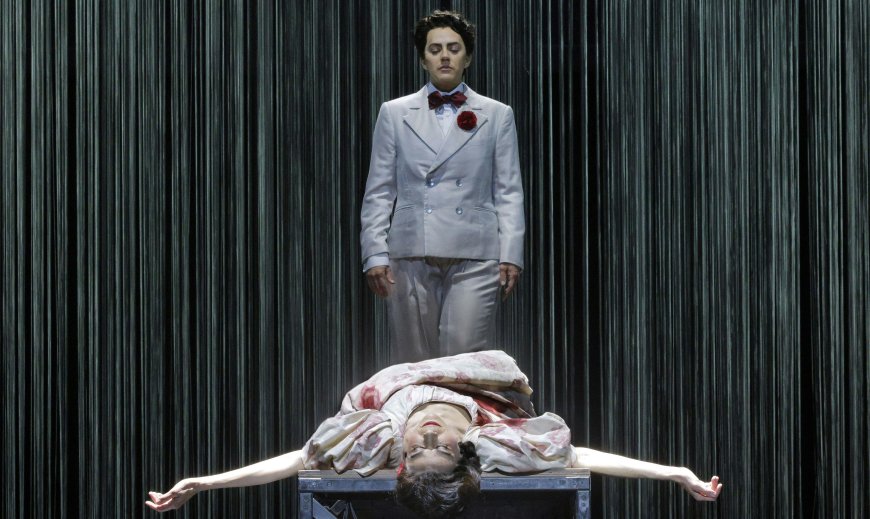
Hwang’s libretto is inspired by the life and death of poet and playwright Federico García Lorca, who was executed by Falangist (fascist) militia in the early days of the Spanish Civil War in 1936 at a site known as the “fountain of tears,” where possibly thousands of others were later killed. The story is told in flashbacks, through the memories of the poet’s favorite actress and muse, Margarita Xirgu, who rose to fame playing the role of the 19th-century revolutionary martyr Mariana Pineda in Lorca’s play of the same name.
The opera begins with a chorus taken from that very play and then shifts immediately to Xirgu keening over the loss of her friend, whom she tried and failed to persuade to escape with her to Uruguay. Lorca’s tragedy unfolds against the affirmation of the values that he held and that Xirgu embodied in her performances.
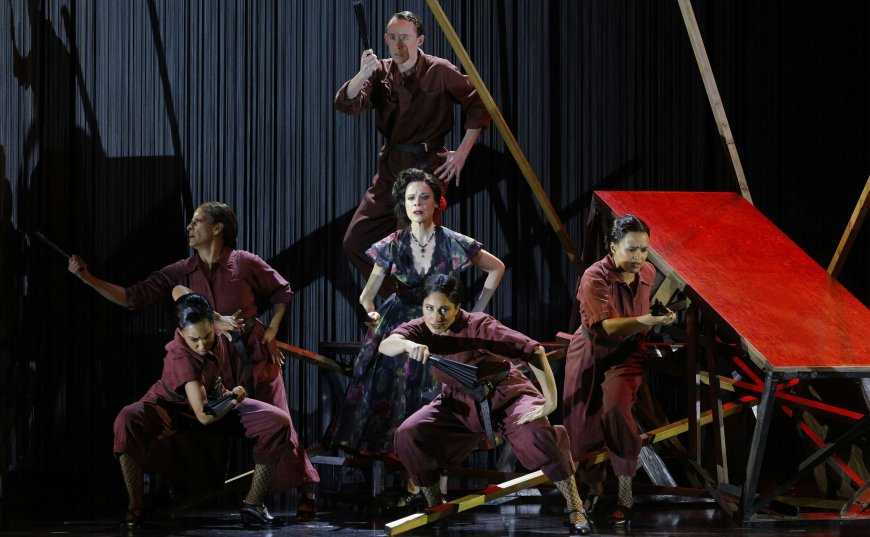
Golijov’s score is rooted in the diverse musical and cultural traditions of Andalusia. Chief among these, of course, is the cante jondo (deep song) of flamenco singing, which in this production is driven further by the heel-pounding, arm-thrusting, fan-snapping momentum of Antonio Najarro’s choreography. The opera also contains poetic arias, a raucous and erotic encounter in a Cuban dance hall, and atmospheric ensembles that swell with cinematic grandeur and then strike with revolutionary impact.
Colker’s staging was co-commissioned by five opera companies and has already been seen at Scottish Opera, Welsh National Opera, Detroit Opera, and most recently, the Metropolitan Opera. The production’s central image is the fountain/pool near Granada. As designed by Jon Bausor, it is depicted as a floor-to-ceiling tear-shaped curtain of glistening beads, onto which Tal Rosner’s brilliant images are projected: the mighty bulls of Andalusia, political slogans, and lines from Lorca’s poetry. The effect, bolstered by Paul Keogan’s lighting design, is transporting.
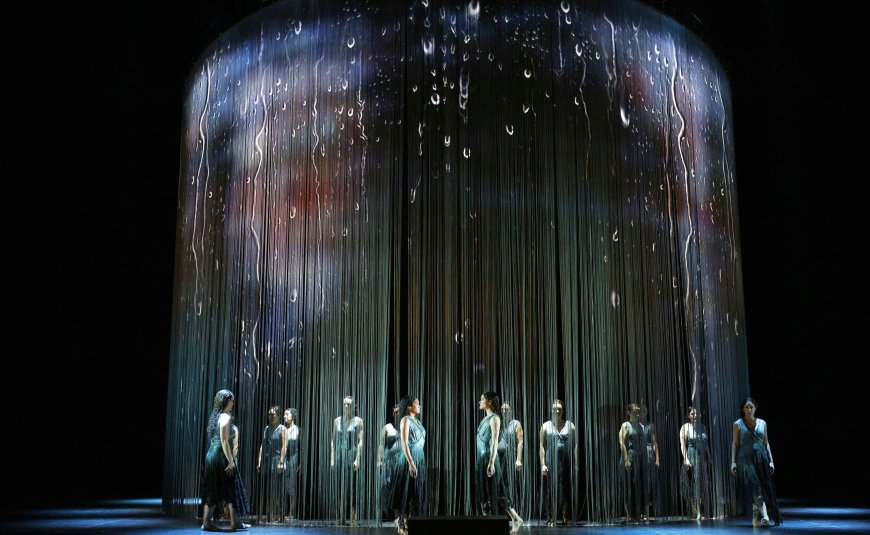
On Saturday, mezzo-soprano Daniela Mack’s performance as Lorca shined superstar bright. Her husky lower register combined with her dapper look (in Bausor’s costume design) was both believable and enigmatic.
Soprano Ana María Martínez in the role of Xirgu was riveting vocally and dramatically as she moved fluidly in time between the aging actress living in exile — about to perform her most famous role for the last time — and the rising star linked to the charismatic young poet she could not save.
Soprano Vanessa Becerra sang melodiously as Nuria, the young student with whom Xirgu shares her memories. In contrast, flamenco vocalist Alfredo Tejada brought chilling declamatory power to the role of the Falangist officer Ramón Ruiz Alonso, who is determined to see Lorca’s voice silenced forever.
With strong contributions from the LA Opera Orchestra and Chorus, Ainadamar represents the company at its best. It’s a show that, in pitting artistic and political freedom against totalitarian brutality, in its canny use of Spanish musical styles and operatic conventions, seems particularly pertinent at this moment and also bound to stay in the repertoire for a long time.
Correction: This article has been updated to state more clearly that Antonio Najarro choreographed LA Opera’s 2025 production of Ainadamar.
